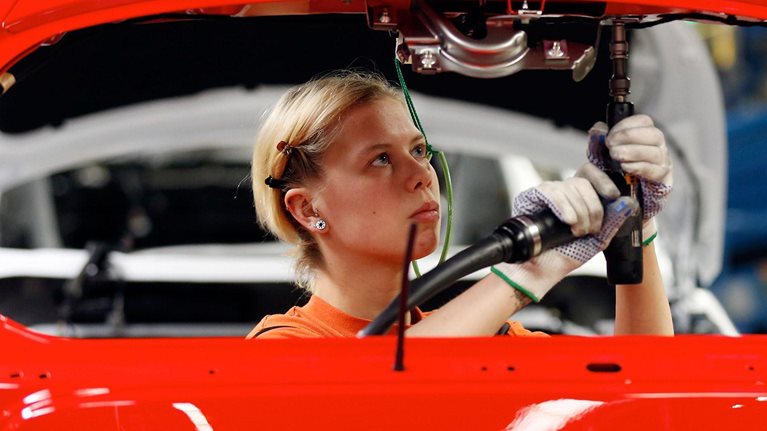Europe’s economic growth since the start of the financial crisis has been sluggish, and the region faces difficult long-term demographic and debt-level challenges. But a new McKinsey Global Institute (MGI) report, A Window of Opportunity for Europe, finds that the convergence of low oil prices, a favorable exchange rate, and quantitative easing has given these economies a chance to unlock new economic dynamism by undertaking ambitious reforms and stimulating job creation and investment.1
Our report identifies 11 growth drivers in three areas—investing for the future, boosting productivity, and mobilizing the workforce—that can help Europe achieve its aspirations. We find that by scaling and speeding reform, mostly at the national level, and stimulating investment and job creation throughout the region, Europe could close its output gap, return to sustained growth of 2 to 3 percent a year over the next ten years, unleash investments of €250 billion to €550 billion annually, and create more than 20 million new jobs (exhibit).

Among our report’s findings:
- It would be a mistake to write off Europe. The region has a foundation of strength: it remains a world leader on key indicators of social and economic progress. Responses to an MGI survey, as well as a conjoint analysis of 16,000 people in eight countries, showed that Europeans had high aspirations and expressed a willingness to make tough trade-offs to achieve them.
- In some form, policy makers are already implementing many of the 11 growth drivers, which include nurturing innovation and reducing the burden of energy, fostering competitive and integrated markets in services and the digital economy, increasing the workforce participation of the elderly and women, and promoting flexibility in labor markets. Three-quarters of the impact of these drivers can be captured at the national level, and best practices on every key dimension of the economy can be found in different parts of Europe. The challenge is to emulate these elsewhere.
- The scope for structural reform is limited while investment and job creation are weak. Corporations are piling up cash despite low interest rates, households have cut spending since the bubble, and governments have adopted austerity policies. While all sectors are acting rationally, collectively they are weakening demand, so that output is still 15 percent below precrisis trends.
- Despite Europe’s complex institutional setup, the region has several options for reigniting investment and job creation. Quantitative easing and measures to unlock financing can help but are insufficient on their own. A fiscal stimulus would not be easy to implement at scale in Europe. New ideas need to be explored, such as accounting for public investment while assets depreciate rather than during capital formation or carefully adjusting taxation and wage structures.
Europe has taken many of the right steps in response to the global financial crisis, but often not at the speed and scale required. Many of the growth drivers described above could face significant political resistance or become mired in complex decision making. At the national level, reform is difficult while budgets are tight and the rate of job creation is too low to absorb restructuring losses. At the European level, supporting investment and job creation raises concerns about moral hazard, trust, and viable governance structures. But only a coordinated effort at all levels can renew the dynamism of Europe’s economy and society.
Download the detailed analysis of A Window of Opportunity for Europe (PDF–3.81MB).


